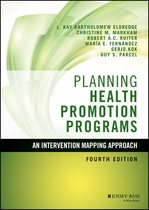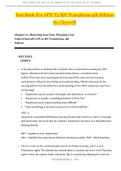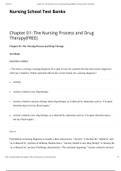Samenvatting
Summary book Planning Health Promotion Programs, an Intervention Mapping Approach
- Instelling
- Maastricht University (UM)
Passed the exam with an 8! This document contains an summary of the book Planning Health Promotion Programs, an Intervention Mapping Approach . Perfect preparation for the exam and can be used for making the workbook!
[Meer zien]














